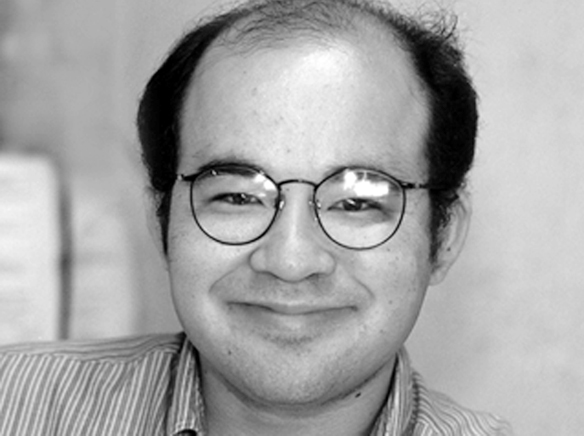Whether you like the idea of the Los Angeles Rams returning or not, one thing is blatantly clear.
The good people of Southern California should never again have to hear the question, “will the NFL return to Los Angeles?”
In a sense, I think I’m going to miss that. As a science-fiction fan, I know that it can be fun to speculate, and the two decades between 1994 and 2016 were filled with plans and proposals.
Whether you like the idea of the Los Angeles Rams returning or not, one thing is blatantly clear.
The good people of Southern California should never again have to hear the question, “will the NFL return to Los Angeles?”
In a sense, I think I’m going to miss that. As a science-fiction fan, I know that it can be fun to speculate, and the two decades between 1994 and 2016 were filled with plans and proposals.
(Note that at the time I’m writing this, there is still one little bit of speculation left — whether or not the Chargers will arrive.)
Some suspect that Los Angeles would have gotten a team sooner if we had played the NFL’s way — and it is to our credit that we didn’t. We didn’t build a speculative stadium without knowing if we would get a team or not. We didn’t put up huge cash incentives (read “bribes”) or tax breaks.
But unlike some places, Los Angeles never actually needed to provide much extra incentive. And it goes beyond just sunshine or Hollywood star power. Metropolitan Los Angeles is a huge market; second only to New York City in size.
Being big gives Southern California a statistical advantage over other areas. It takes a smaller percentage of the local population to fill a stadium. That’s one reason why the Dodgers do well even when the team isn’t swinging for the fences.
It helps that the Rams do have a long history with Los Angeles — they first arrived in 1946, 12 years before the Dodgers and 14 years before the Lakers. Other team owners have gotten flak for abandoning fans in their hometown. This is one of the few sports team relocations which will involve returning to a previous city.
This team move will require some creative solutions to a familiar problem — traffic. The new Inglewood stadium will be yet another frustrating “close but no cigar” for Los Angeles transit. The Metro Green Line’s Hawthorne station is a couple of miles away to the south. The Crenshaw/ LAX Line, when it opens in a couple of years, will also be a couple of miles away — but to the north, this time.
Transit fans tend to be split on the idea of stadium stations. On the one hand, many stadiums do have their own light rail or subway stations. In many instances, it’s a case of “I was headed that way anyway.” That’s probably how Qualcomm Stadium, located directly between Old Town San Diego and San Diego State, got a station.
But, given tight city transportation budgets and many other transit problems to solve, a station does need more than just several Sunday games a year to justify its existence (last year, the Rams played 10 home games, including preseason ones). For the time being, a bus shuttle to the nearest light rail station may be enough.
Of course, stadium plans do call for development of the area around the stadium, so an eventual rail spur wouldn’t be out of the question.
For now, let’s all be glad to have the Rams back — if for no other reason than to have the NFL speculation be gone.





















